Since we arrived at the north end of Rarotonga at 8pm, we had to wait until the following morning to radio the harbormaster to get approval and mooring instructions. Heaving-to is a way of stalling a boat and is usually used in high winds so the crew can rest. The typical procedure is to tack without releasing the genoa sheet so the headsail is back-winded, then lashing the rudder at an angle. The sheeted-in mains’l provides a little movement to windward and the back-winded genoa provides a little movement to leeward. These two counter-balance each other and the boat stalls facing into the wind, ideally moving at less than a knot. We’ve done this before in winds over 15 knots and it worked well. But trying to hove-to in only 5 knots of wind doesn’t work so well on Apropos. We tried different combinations of reefing the main and genoa while hove-to but the boat kept turning away from the wind and sailing on a beam reach at a speed of 2 knots. Since we would be hove-to for 12 hours, this would put us 24 miles away. Our goal was to stay in the lee of the island. So our only solution was to heave-to for a while starting at point A, sail slowly to point B, then turn the boat around and return to point A and repeat…..all night long! So instead of getting some rest, we would have to take shifts doing this. We thought about just dropping the sails and drifting, but a 1 knot current would take us away from the lee of the island and we’d get blown further away and into rougher seas. We found that going from point A to B took 2-3 hours, and returning to point A took 1 hour. So it took 3 cycles of this until daybreak. We then took the sails down in the morning and motored into Avatiu Harbor after contacting the harbormaster on VHF and hoisting our yellow quarantine flag.
Avatiu Harbor can only hold about 6 cruising boats and is exposed to the north, so any northerly winds makes this a risky place. Boats are required to med tie to a sea-wall. This means dropping an anchor in 20’ of water, backing up to the sea-wall, then tying 2 stern lines to cleats on the sea-wall. The day we arrived, there were no other boats moored here. The med mooring went well and a port worker caught our lines as we backed up to the sea wall. After meeting with custom officials to get checked into the Cook Islands, we took down the Q flag and were free to go “muck about” as the customs official put it. Later another official stopped by to confiscate all remaining fruits and vegetables. The cruising guides say they come aboard to search and fumigate the boat to kill any fruit flies, but he was satisfied with us handing over a few limes and didn’t even come aboard.
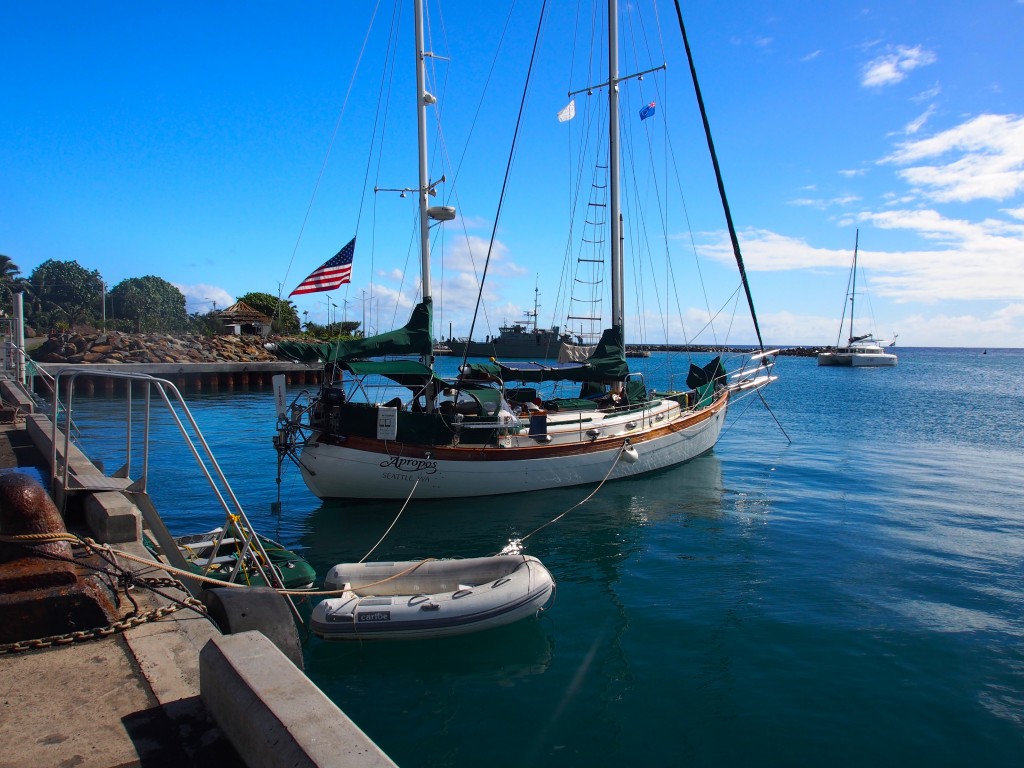
Being the only cruising boat in the harbor, we had lots of people stopping by the quay for a look. A lot of New Zealanders come here this time of year to escape from their winter and we invited some aboard for coffee. We also found the locals to be very friendly. At the marina office I was asking where I could fill up our 5-gallon diesel containers and ended up riding on the back of her scooter while holding onto the two containers, to a gas station a block away. I decided to walk there for the next 2 trips and this supplied us with 30 gallons, enough to top off the tanks. A worker in the cafe located next to the quay offered to drive us to the laundry service a few miles away. Turns out she has a daughter Jacintha’s age so they played together when she was off school. Two other sailboats arrived over the next few days, both flying French flags.
The Cooks consist of 15 small islands scattered over 750,000 square miles. Captain Cook, after whom the islands are named, explored most of them in the 1770s. Rarotonga is only 25 square miles in area. The mountain peaks reach to about 2000’ and are a spectacular sight from offshore. This is the most important of the Cook Islands and over half of the population resides here. The town of Avarua is near the moorage and there is a public market, grocery store, hardware store, and lots of restaurants nearby. A road circles the island and a 50-minute bus ride takes you around the island.
Celebrating
We celebrated our wedding anniversary with a nice lunch at the Rarotonga Yacht Club at Muri Beach, located on the SE side of the island. We took a bus there and hitchhiked back. A young couple from Scotland and Montana picked us up and we invited them on our boat to chat.
I also picked out my belated birthday present–a nice Tahitian ukulele, something I’ve been eying during our 2 months in French Polynesia.
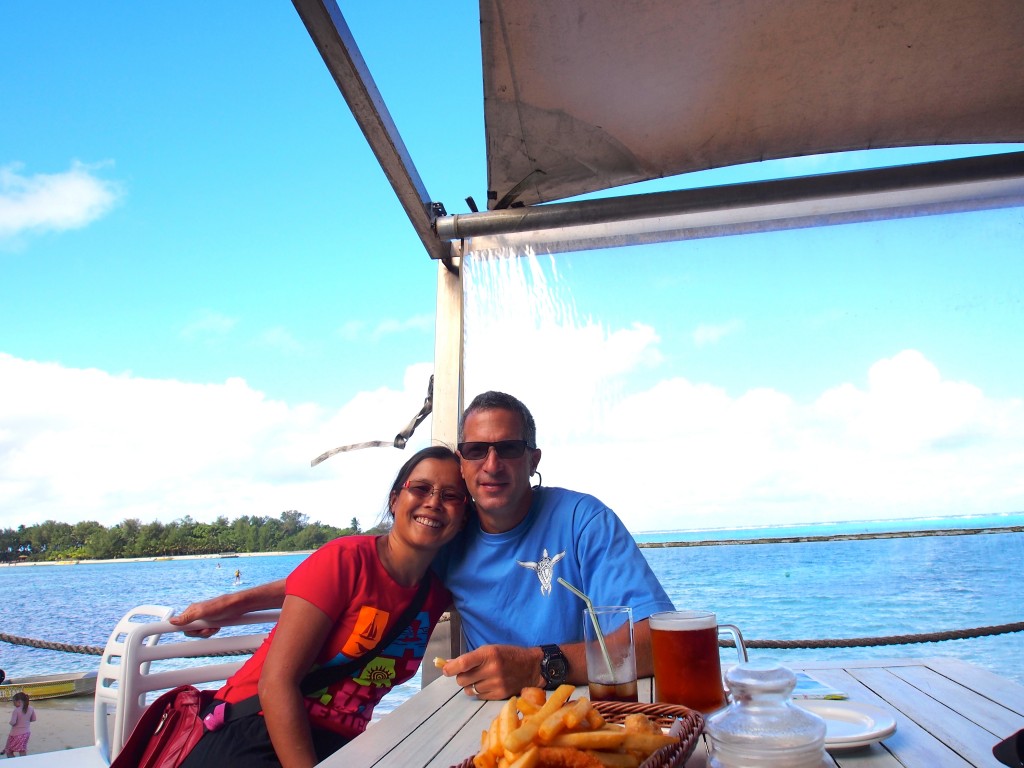
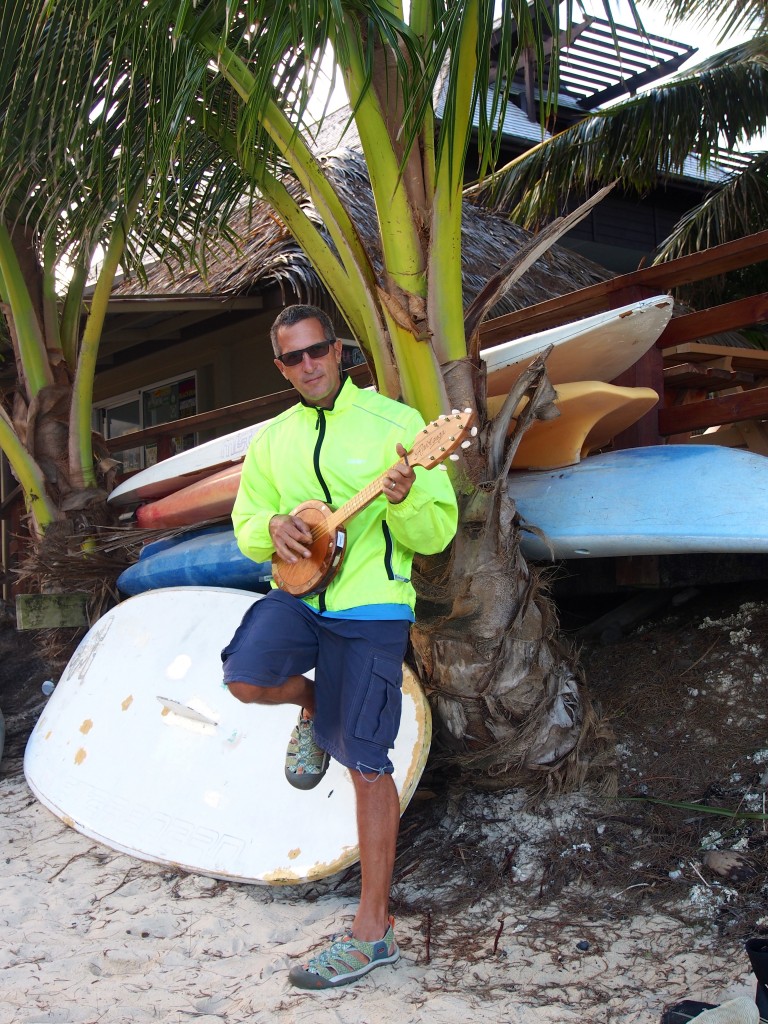
Tahitian Ukulele
I first learned about this type of ukulele, which has 8 strings doubled in 4 pairs and tuned to GG CC EE AA, in the Marquesas. I kept hearing them being played in places like Rangiroa, Tahiti, Huahine, and at the Heiva festival in Bora Bora. The one I chose is made in Tahiti by Raromatai, and is the Onaga model. I chose it for it’s superior acoustics compared to the other models I looked at. It also is a work of art with embedded pearl around the front and side body, carvings on the rear body and neck. A 4cm hole is bored in the back and a 10cm hole is bored in the front, then covered by a thin piece of wood. This works as a wood-skinned banjo and gives the Tahitian ukulele it’s unique sound. I’ve already found some good sources on YouTube for learning how to play it. My other ukuleles are 4-string Hawaiian-type and I mostly play finger-pick style. The Tahitian ukulele is meant to be played in a fast strumming manner.
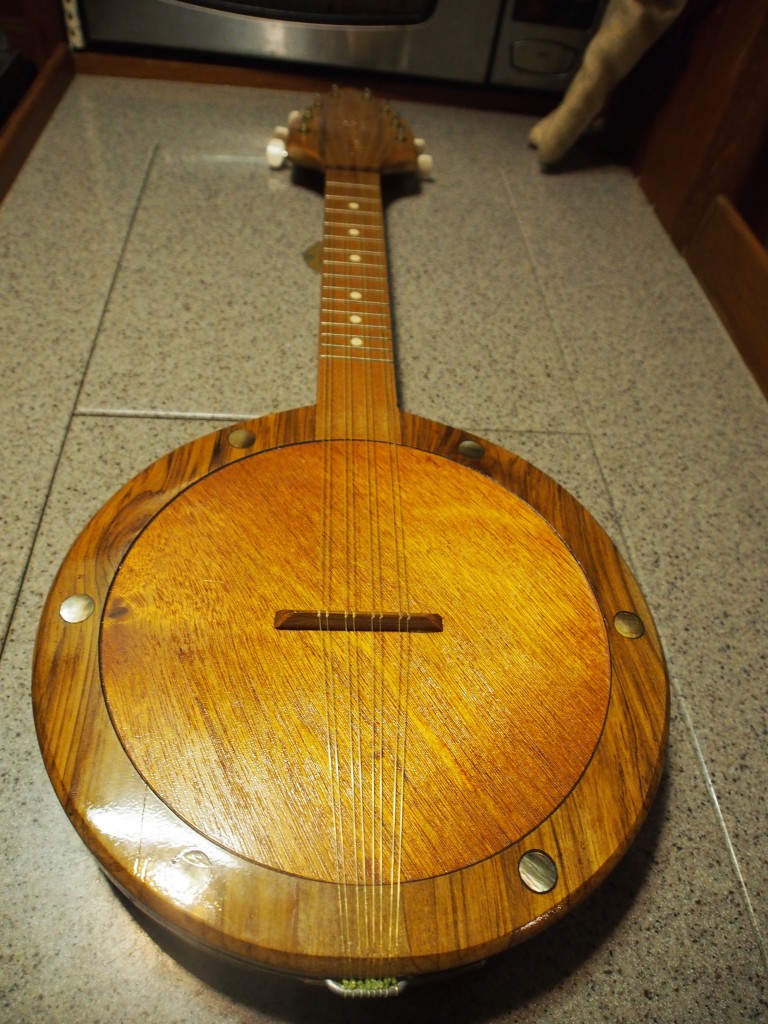
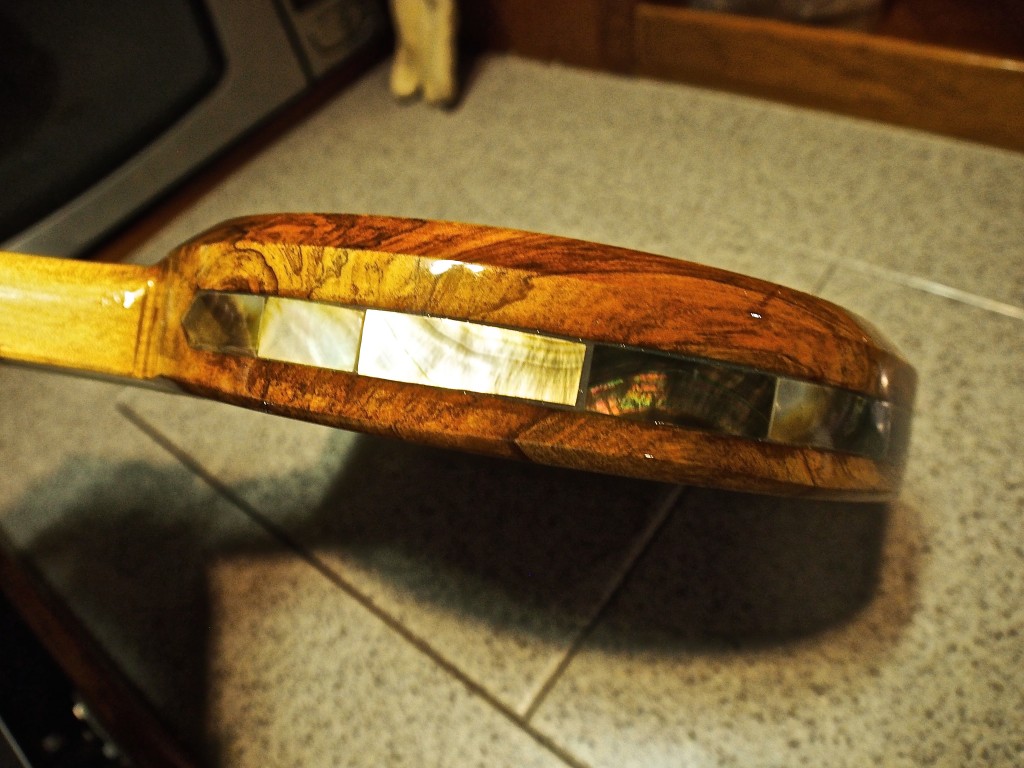
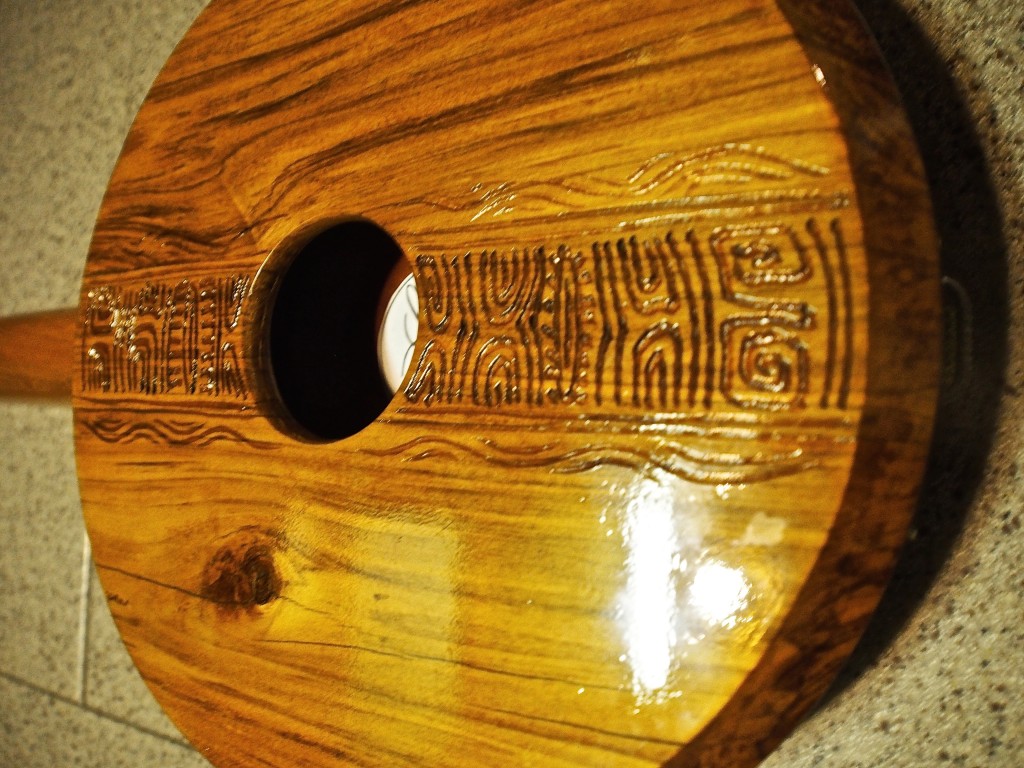
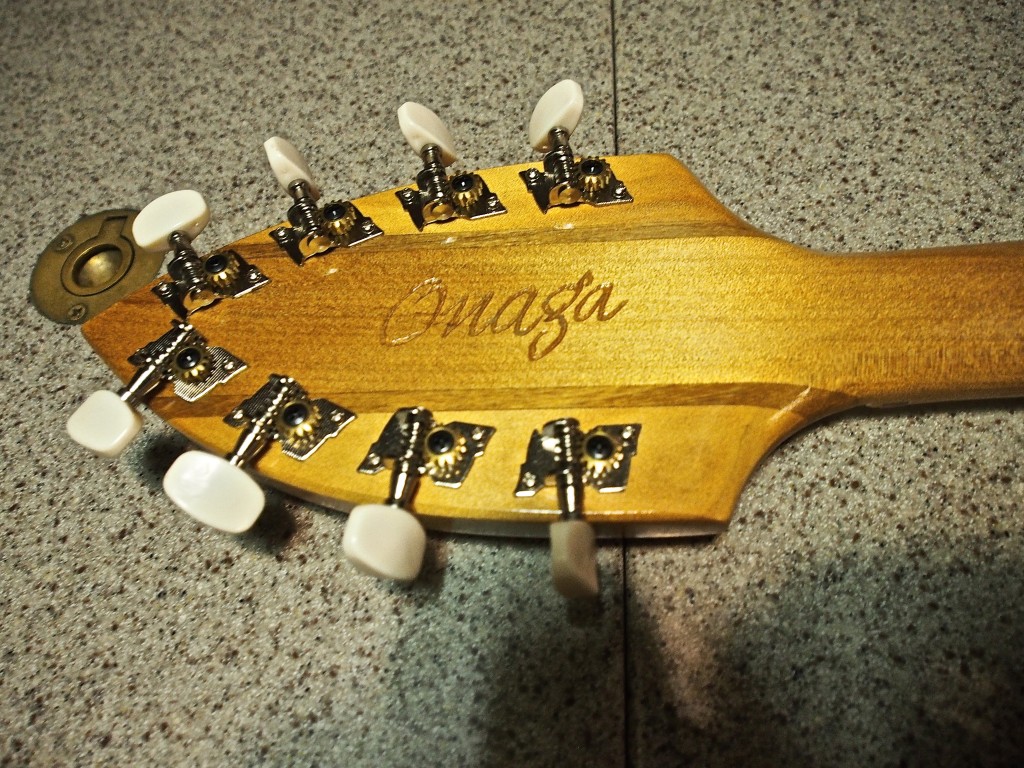
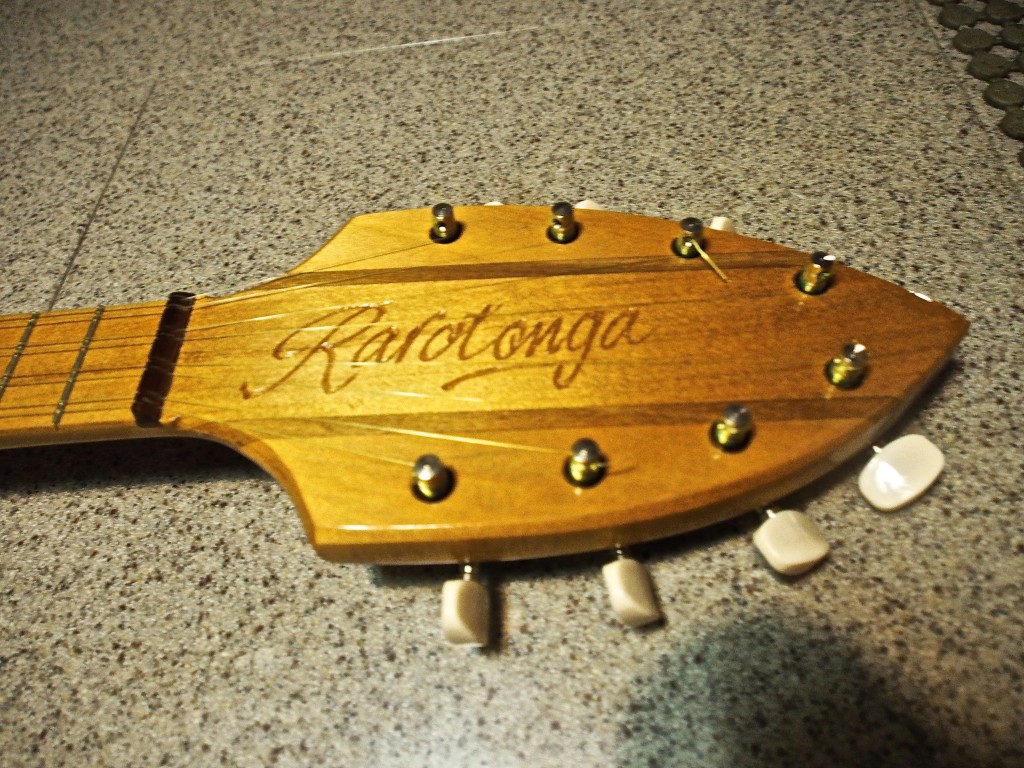
Departing Rarotonga
After a 4 day stay, we will be departing Rarotonga and sail to Niue, about 600 miles away. We took care of the formalities (port captain, immigration) a day ahead. We still have a long way to go to reach Sydney…
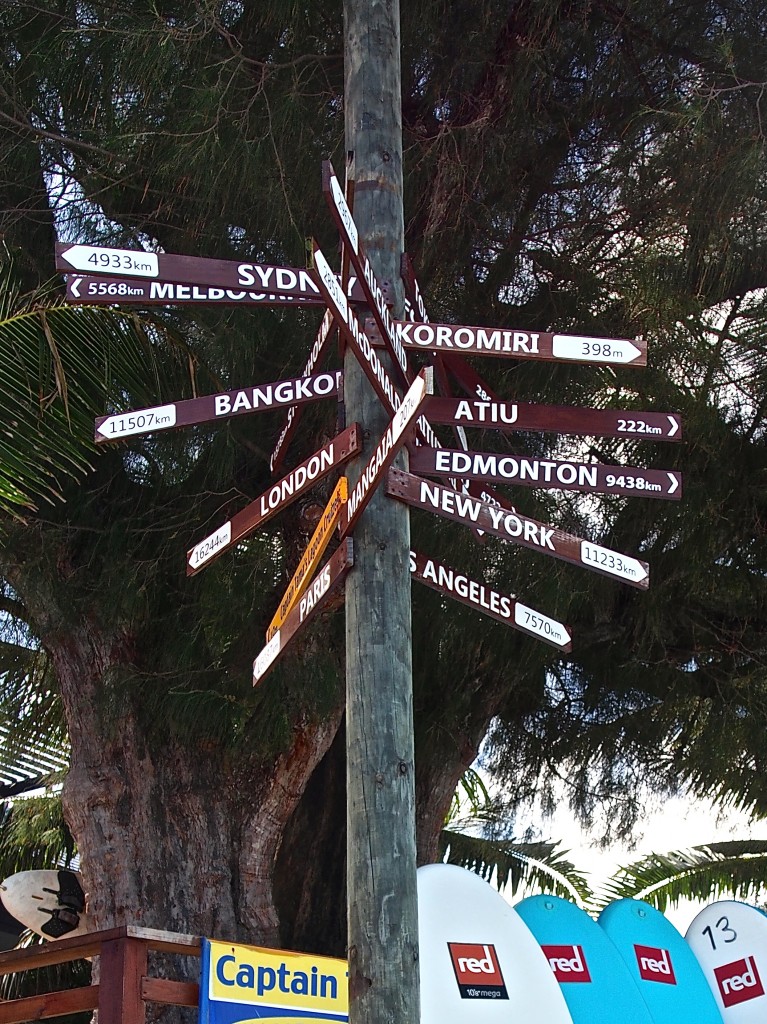
I’m reading the book “The Bounty, The True Story of the Mutiny on the Bounty”
The HMS Bounty stopped in Rarotonga after their stay in Tahiti. Next they departed for Tonga, which is where the mutiny took place under the direction of Fletcher Christian. The mutineers sailed the Bounty back to Tahiti and some went on to Pitcairn Island where they started a colony which still exists today. Captain Bligh and 20 of his loyalists were placed in a 23’ launch boat and miraculously survived the 3,500 nautical mile trip to Timor. He then went back to England to begin the process of bringing the mutineers to justice.